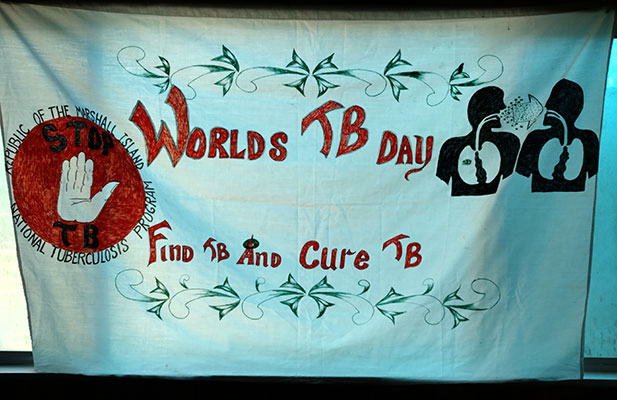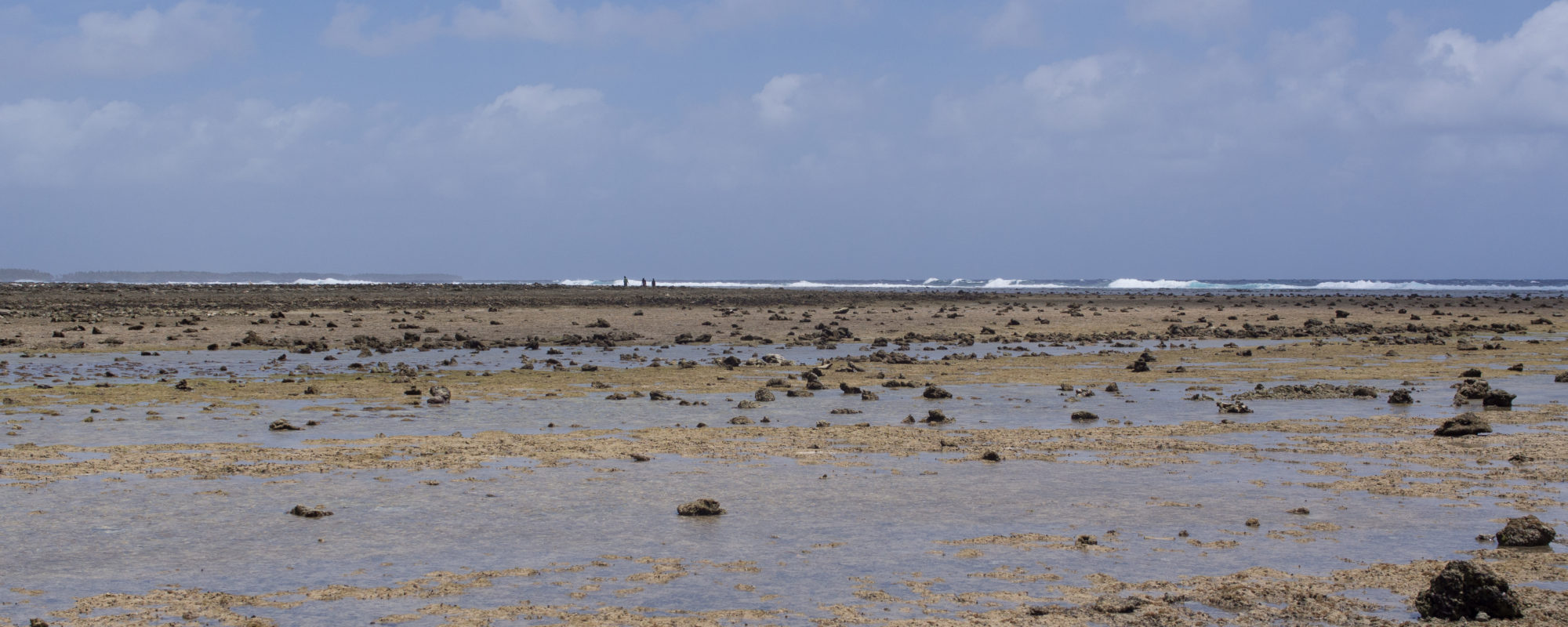Tuberculosis in the Marshall Islands is 100 times higher than in the US according to a US Centers for Disease Control (CDC) expert (1). The World Health Organization (WHO) estimated that the Marshall Islands’ rate of tuberculosis was the second highest in the world. In 2015 (most recent data available), there were 138 new cases of tuberculosis identified in the country. (2)
Tuberculosis is a disease caused by a bacteria typically spread through the air through individuals in relatively close proximity. It can be present in a person for many years before becoming active, and about 1/3 of the world population is infected with inactive (aka ‘latent’) tuberculosis. (2)
Inactive tuberculosis does not have any symptoms and is not contagious. Screening for inactive tuberculosis is a through skin test or a newer blood test. There’s an ongoing Marshall Islands screening program sponsored by world and US health agencies to search for people with untreated tuberculosis.
It is important to find and treat people with inactive infections as the disease can become quietly active; causing not only sickness in the infected person but also a new source of spread to uninfected people. Therefore people with positive screening tests are usually treated with long term course of antibiotics (1 year) to eradicate it from that person, preventing future active infection.
Active tuberculosis usually involves the lungs but can occur almost anywhere in the body. It can be difficult to treat, often needing multiple oral antibiotic pills given for a long time due to resistant tuberculosis bacteria. The course of treatment typically spans months to years. Death from tuberculosis was still one of the top 10 causes of death worldwide in 2015. (4)
There is no effective vaccine for tuberculosis, which hampers prevention and elimination efforts. The BCG vaccine is quite helpful in preventing spread in children but less effective in adults. It is a very common vaccine given to children soon after birth worldwide where the risk of tuberculosis is high. It does often cause subsequent tuberculosis skin tests to be abnormal, making the result more difficult to interpret.
World TB Day was March 24, 2017 and highlighted efforts in the Marshall Islands to screen and eradicate the disease.
Article on Migrant Clinician Blog
1. February 24, 2017 – Marshall Islands Journal.
2. WHO Marshall Islands Data Sheet
3. WHO Tuberculosis Fact Sheet
4. WHO 2016 Global Report Infographic

World TB Day Banner From Migrant Clinician Blog
